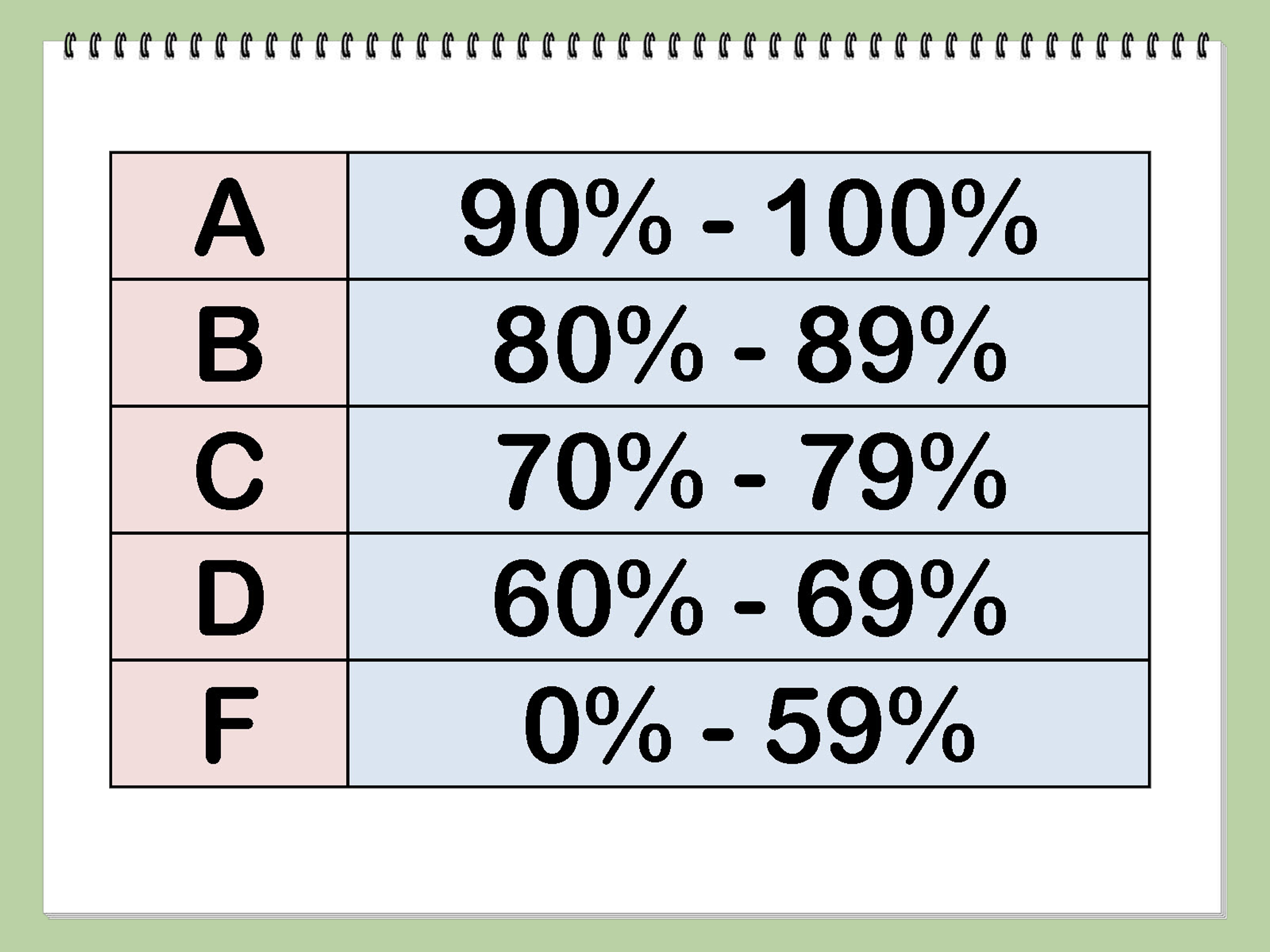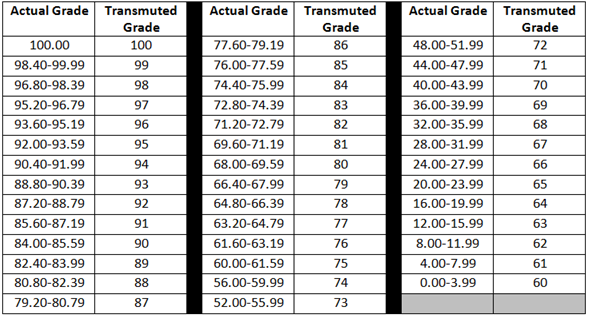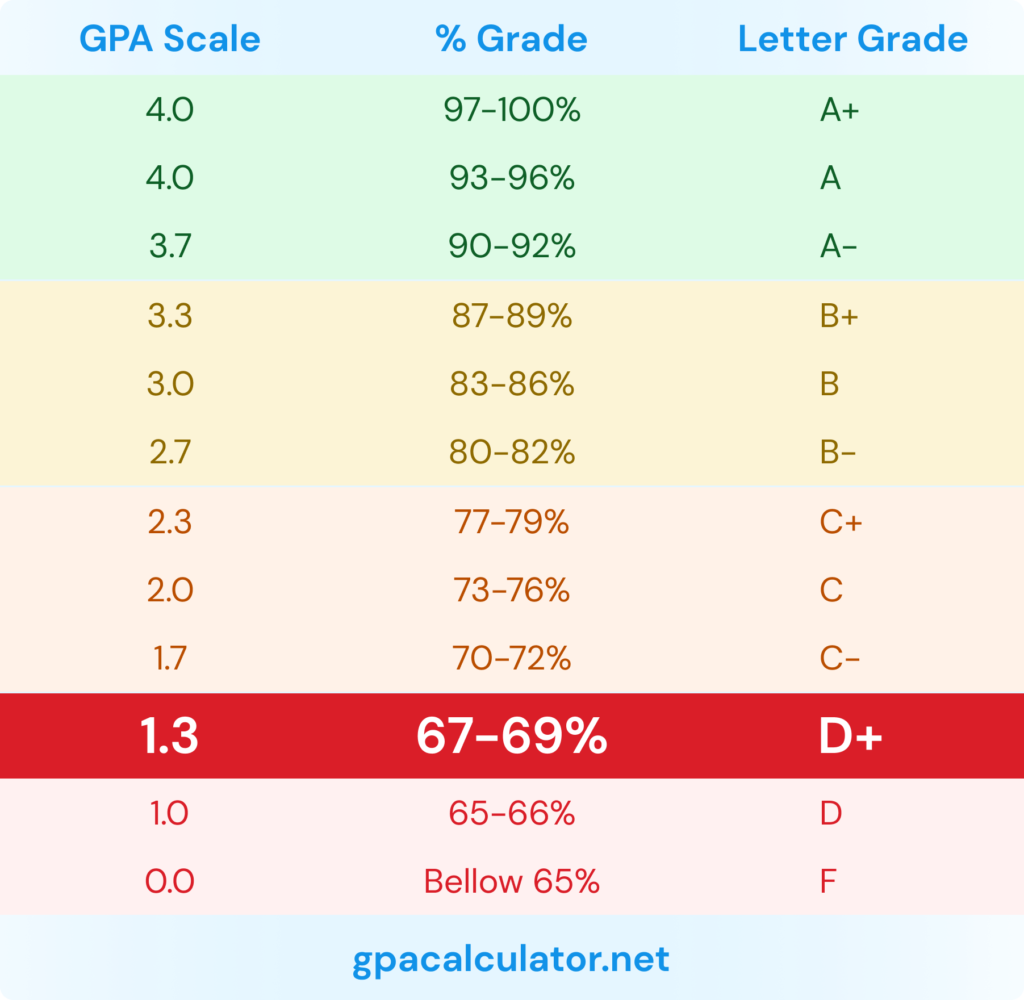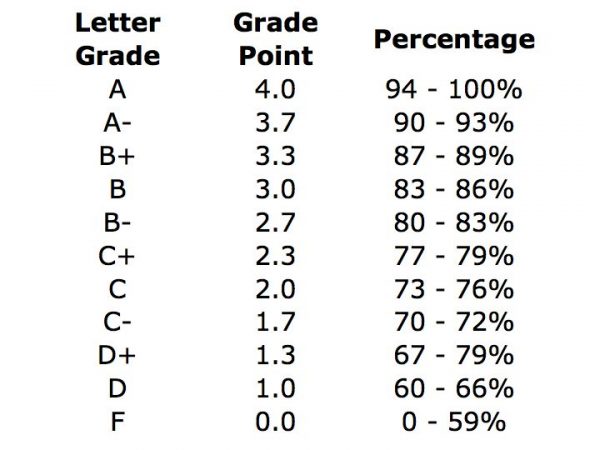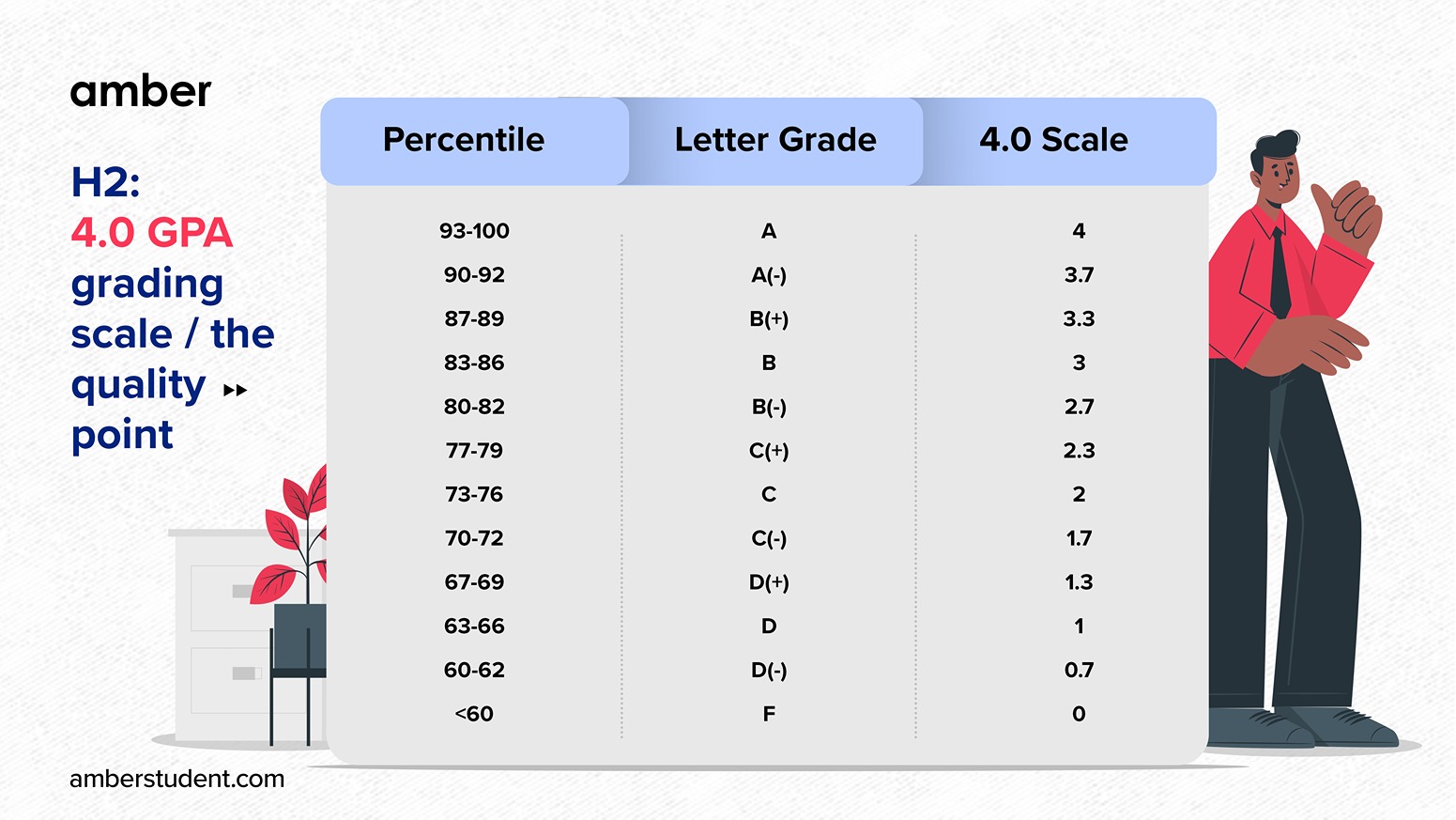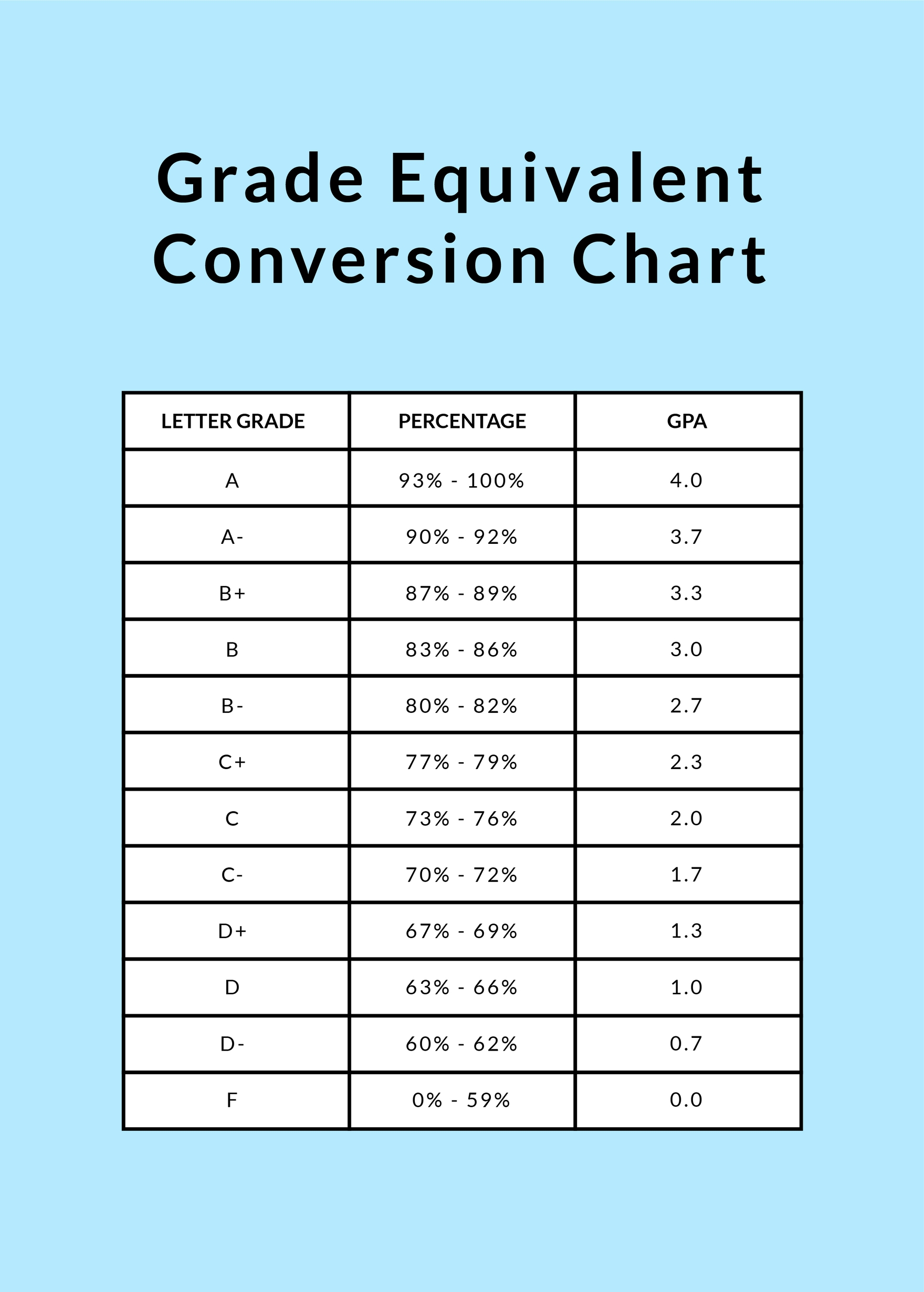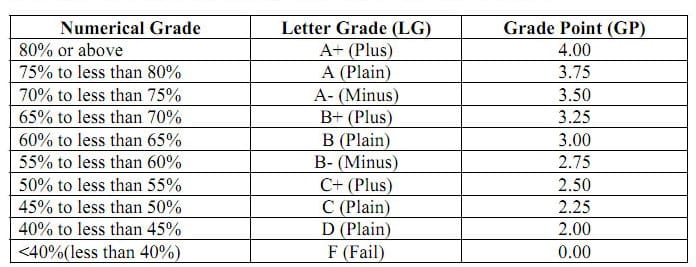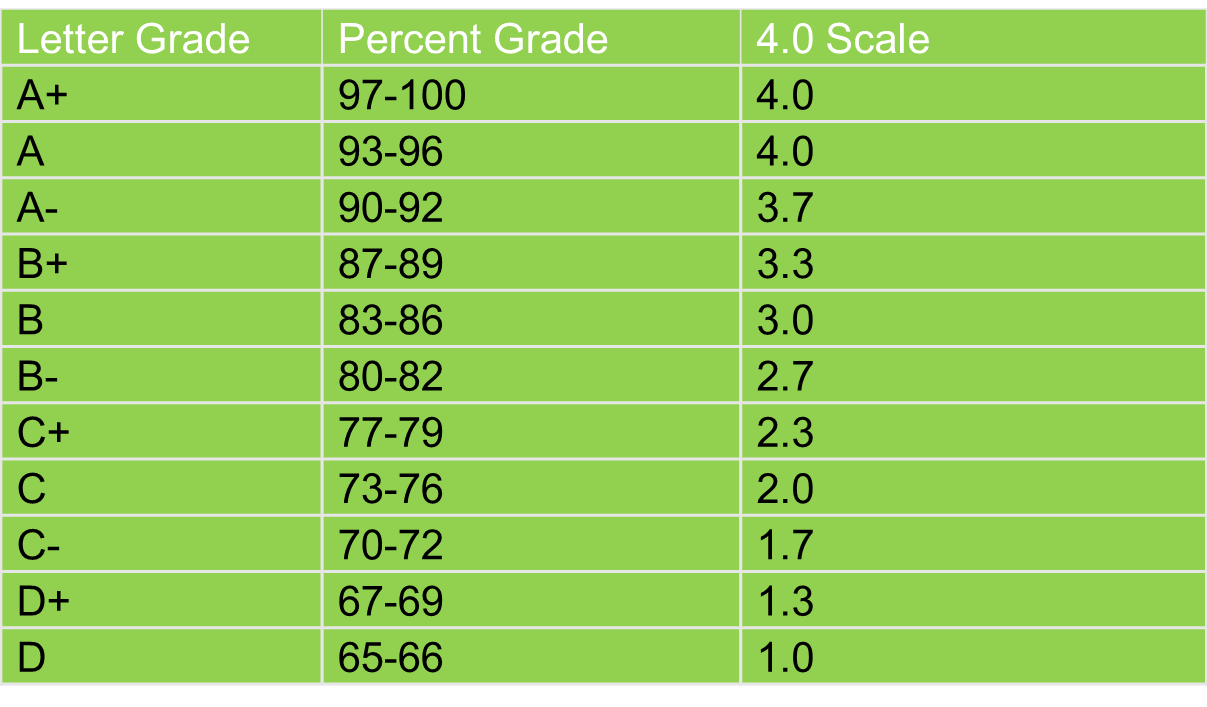What Is A 40 Out Of 50 Grade

The simple fraction "40 out of 50" can trigger a cascade of emotions, from relief to disappointment, depending on the context and the individual receiving the grade. While the numerical value is straightforward, its interpretation and significance are far more nuanced, varying significantly across educational systems, subject matter, and personal expectations.
This article delves into the meaning of a 40/50 grade, exploring its equivalent percentage, common letter grade conversions, and the various factors that influence its perceived value. We will examine how different grading systems around the world approach this score, and offer perspectives from educators and students on its impact on academic progress and motivation. Ultimately, we aim to provide a comprehensive understanding of what a 40 out of 50 grade truly represents in the complex landscape of education.
Understanding the Basic Equivalence
At its core, 40 out of 50 is a simple ratio representing a proportion. To convert this fraction to a percentage, we divide 40 by 50 and multiply the result by 100.
The calculation (40/50) * 100 yields 80%. Therefore, a score of 40/50 is equivalent to 80 percent.
Letter Grade Conversion and Interpretation
While the percentage is a fixed value, its corresponding letter grade can vary depending on the institution's grading scale. In many American universities and high schools, 80% typically translates to a B- or a B.
However, some institutions may have stricter or more lenient grading scales, potentially shifting the letter grade to a C+ or an A-. It's crucial to consult the specific grading rubric or scale provided by the instructor or institution to accurately interpret the letter grade equivalent.
The U.S. News & World Report often publishes articles discussing grading trends and scales at various universities, which can be helpful in understanding the context of a particular grade.
Contextual Factors Influencing Grade Perception
The perception of a 40/50 grade is highly subjective and influenced by several contextual factors. A student accustomed to achieving scores in the 90s might view an 80% as a significant setback.
Conversely, a student who typically struggles to pass might see an 80% as a major accomplishment. The difficulty of the assignment or exam also plays a crucial role.
Achieving 40/50 on a challenging advanced placement test might be viewed more favorably than achieving the same score on a simple quiz.
Subject Matter Considerations
The subject matter itself can also influence the interpretation of a 40/50 grade. In subjects like mathematics or physics, where precision and accuracy are paramount, an 80% might indicate a solid understanding of the core concepts but also highlight areas needing improvement.
In more subjective subjects like English literature or art history, an 80% might reflect a well-supported argument or insightful analysis, even if there's room for further refinement.
Instructors in different disciplines may also have varying expectations and grading criteria, further contributing to the nuanced meaning of the score.
Grading Systems Around the World
Grading systems vary significantly across different countries and educational institutions. In some European countries, grading scales often range from 0 to 20, with a passing grade typically around 10 or 12.
In such a system, a score of 16 out of 20 (equivalent to 80%) would be considered a very good grade. In other regions, letter grades or numerical scores out of 100 are more common, but the distribution of grades and the associated performance expectations can differ substantially.
Understanding the local grading system is essential for accurately interpreting the meaning of a 40/50 grade within its specific context. World Education Services (WES) provides valuable resources on international grading systems and their U.S. equivalencies.
Perspectives from Educators and Students
Educators often view a 40/50 grade as an indicator of solid understanding but also an opportunity for improvement. They might use this score as a starting point for providing targeted feedback and guidance to help the student achieve a higher level of mastery.
Students' perspectives, however, can be more varied. Some students might be satisfied with an 80%, particularly if it meets their academic goals. Others might feel disappointed, especially if they had higher expectations or aspirations.
"A B is a good grade, but it's not an A," says Sarah, a high school student aiming for top-tier universities. "It means I need to work harder to improve my understanding of the material."
The emotional response to a 40/50 grade can significantly impact a student's motivation and future academic performance. Open communication between students and teachers is crucial to address concerns and foster a growth mindset.
Implications for Academic Progress and Future Goals
The impact of a 40/50 grade on overall academic progress depends on several factors, including the weight of the assignment in the overall grade calculation and the student's performance on other assignments. A single 80% might have a minimal impact on the final grade if it's a relatively low-weighted assignment.
However, consistently achieving scores around 80% could significantly influence the final grade and potentially affect future academic opportunities. Students pursuing competitive programs or scholarships may need to strive for higher grades to enhance their chances of success.
It's essential to consider the long-term implications of individual grades and to develop effective study habits and strategies to achieve academic goals.
Conclusion: A Nuanced Perspective
A 40 out of 50 grade, equivalent to 80%, represents a solid level of achievement, often translating to a B letter grade. However, its true meaning is highly contextual, influenced by institutional grading scales, subject matter, assignment difficulty, and individual expectations.
Instead of solely focusing on the numerical value, students and educators should view this score as an opportunity for reflection, feedback, and continuous improvement. By understanding the nuances and implications of a 40/50 grade, students can make informed decisions about their academic strategies and strive towards achieving their full potential.
Ultimately, a single grade is just one data point in a larger educational journey, and it should be interpreted within the broader context of individual growth and learning.
